| Frozen durian, fresh coconut and crocodile officially exported to China Vietnam's fresh coconut export turnover may exceed 1 billion USD |
This is the information given by Mr. Hoang Trung - Deputy Minister of Agriculture and Rural Development - at the online conference to implement the Protocol on plant quarantine requirements for fresh coconut exports from Vietnam to China organized by the Ministry on the morning of September 6, in Hanoi.
Great opportunity for Vietnam coconut industry
Currently, Vietnam has 15 provinces growing a lot of coconuts with an area of about 200,000 hectares, with an output of 2 million tons. In 2023, Vietnam will export 30,000 tons of fresh coconuts to 15 countries around the world, and 320,000 tons of processed coconut products.
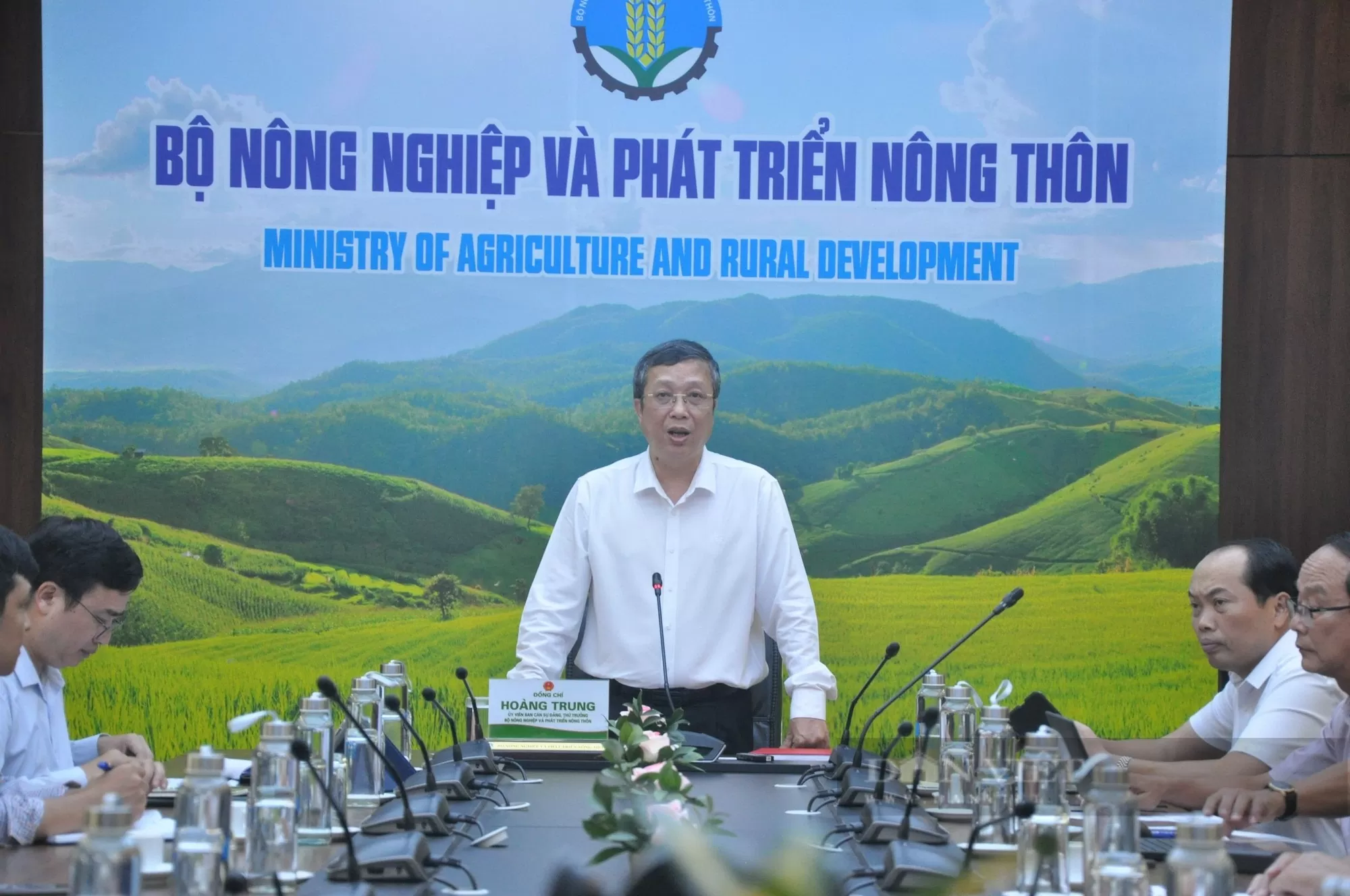 |
| Mr. Hoang Trung - Deputy Minister of Agriculture and Rural Development - spoke at the Conference. Photo: Tran Quang |
Recently, the Ministry of Agriculture and Rural Development and the General Administration of Customs of China signed a Protocol allowing Vietnam's fresh coconuts to be officially exported to China. This is both an opportunity to expand Vietnam's coconut market and a legal basis for us to organize and link up to produce this crop more systematically and effectively.
Mr. Hoang Trung commented that China is currently a very important market for coconuts. Every year, the country consumes 4 billion coconuts, including about 2.6 billion fresh ones... While the demand is large but China's production capacity is limited, this is an opportunity for our coconuts.
“Coconut is one of the six types of trees included in the Project and approved by the Ministry of Agriculture and Rural Development for the development of key industrial crops until 2030. Since 2022, coconut export products have had a good growth and will continue to increase strongly when Vietnam implements this Protocol well. Fresh coconut export turnover can reach 300 - 400 million USD, contributing significant value to the coconut industry as well as the agricultural sector,” Deputy Minister Hoang Trung emphasized.
According to Mr. Hoang Trung, China plans to check online the codes of growing areas and packaging facilities from September 11-12 to complete export registration.
Deputy Minister Hoang Trung requested that localities, packaging facilities, and growing areas arrange sufficient resources and conditions to prepare well for the upcoming inspection. Enterprises must closely coordinate and support growing areas and packaging facilities to ensure that products meet export standards. Plant quarantine systems facilitate businesses in exporting but must also ensure inspection and control of export shipments.
"With the instructions given at today's conference and the documents provided, the locality is responsible for guiding, checking, and re-evaluating those codes, so that the upcoming inspection by China will be highly effective. How can fresh Vietnamese coconuts be exported to China as soon as possible?", said Mr. Hoang Trung.
The test will be randomly selected.
Regarding the upcoming inspection by China, Mr. Nguyen Quang Hieu - Deputy Director of the Plant Protection Department (Ministry of Agriculture and Rural Development) - said that there will be 3 parallel inspection teams every day. China will randomly select 24 growing areas and 12 packaging facilities for inspection.
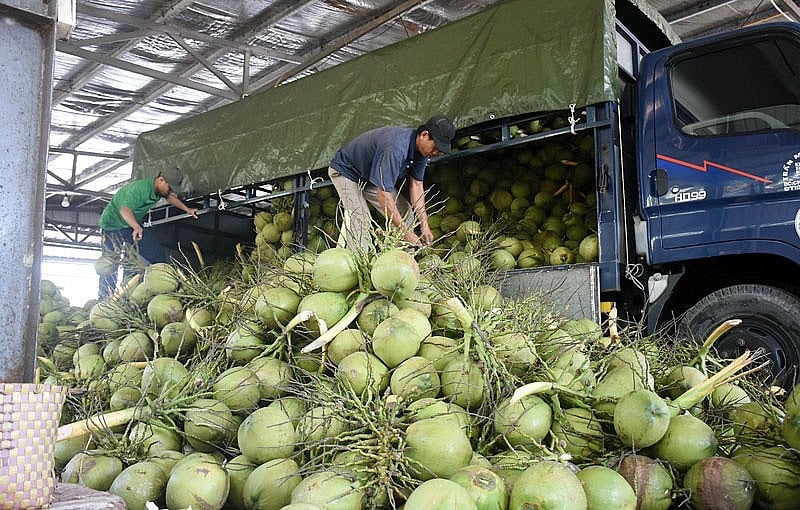 |
| Fresh coconut export, new opportunity for key economic sector of Ben Tre province (Photo: Cam Truc) |
According to Mr. Nguyen Quang Hieu, the Protocol on phytosanitary requirements for exporting fresh coconuts from Vietnam to China includes 9 articles. Accordingly, fresh coconuts from Vietnam exported from Vietnam to China include fresh coconuts (whole fruit with green shell and short stem less than or equal to 5cm and coconuts without shell).
Coconuts must comply with China's plant quarantine laws, regulations and standards related to food safety and hygiene, and be free from plant quarantine species of concern to China, branches, leaves and soil.
All coconut growing areas and packing facilities exporting to China must be registered with the Ministry of Agriculture and Rural Development; approved by both the General Administration of Customs of China and the Ministry of Agriculture and Rural Development.
The Ministry of Agriculture and Rural Development will submit a list of registered planting areas and packing facilities to the General Administration of Customs of China for approval, and this list will be updated regularly. The General Administration of Customs of China will post this list on its website.
All registered plantations exporting to China must establish a quality management and traceability system, and apply the principles of Good Agricultural Practices (GAP), adopt an integrated pest management (IPM) program, and implement a management program to monitor the growing area for plant quarantine species of concern to China. All plantations must maintain pest monitoring and control records, which will be provided to the General Administration of Customs of China upon request.
The Ministry of Agriculture and Rural Development or its authorized officers will supervise the process of processing, packaging, preserving and transporting coconuts exported to China. Before exporting, plant quarantine officers will conduct plant quarantine inspections and take 2% samples.
"In the first two years, if no violations of plant quarantine are detected, the sampling rate will be reduced to 1%. Vietnamese coconuts will be imported through all Chinese border gates that are permitted by the General Administration of Customs of China to import fruits," Mr. Nguyen Quang Hieu informed.
Ben Tre is a large coconut growing province in Vietnam with an area of up to 80,000 hectares and is the locality where the General Administration of Customs of China inspected the most planting area codes and packaging facilities with 13/24 units inspected this time.
Mr. Vo Van Nam - Head of the Department of Cultivation and Plant Protection of Ben Tre province - said that Ben Tre currently has 130 growing areas with 10,000 hectares of coconut for export to China. Up to now, all arrangements, documents, growing area codes, and local packaging facilities have been completed and are ready to welcome the Chinese inspection team. However, in many areas of the province, people still grow small-scale crops, so in the near future, the province will reorganize production and increase linkages in production, applying production processes that meet the requirements of exporting countries.
Ms. Nguyen Thi Kim Thanh - President of the Vietnam Coconut Association - said that opening the Chinese market for fresh coconuts is a very good signal not only for the coconut industry but also helps people increase their income.
“Recently, the Vietnam Coconut Association inspected and found that the provinces have prepared well the work and documents to welcome the Chinese inspection team. We believe that when the inspection team arrives, they will work quickly and smoothly, and the inspected units will meet all the conditions for export,” Ms. Thanh affirmed.
To make the coconut industry a spearhead economic sector of Vietnam, Ms. Thanh recommended that the Ministry of Agriculture and Rural Development and relevant agencies soon establish a research center for developing the Mekong Delta coconut economy to serve the work of planting, producing and exporting more systematically and effectively.
Vietnam's coconuts are ranked 4th in terms of total value in the world coconut market. According to the General Department of Customs, Vietnam's coconut and coconut product exports in 2023 will reach more than 900 million USD. Vietnam's main fresh coconut import markets are the US, Japan, South Korea, etc. Of which, the US is currently Vietnam's largest coconut import market, accounting for about 51% of total fresh coconut export turnover. Expanding the official export market to China will motivate businesses to participate in registering growing area codes and export-standard packaging facility codes, opening up a brighter future for the Vietnamese coconut industry. |
Source: https://congthuong.vn/trung-quoc-sap-sang-kiem-tra-vung-trong-dua-tuoi-xuat-khau-cua-viet-nam-343820.html


![[Photo] Moment of love: Myanmar people are moved to thank Vietnamese soldiers](https://vstatic.vietnam.vn/vietnam/resource/IMAGE/2025/4/3/9b2e07196eb14aa5aacb1bc9e067ae6f)
![[Photo] A brief moment of rest for the rescue force of the Vietnam People's Army](https://vstatic.vietnam.vn/vietnam/resource/IMAGE/2025/4/3/a2c91fa05dc04293a4b64cfd27ed4dbe)
![[Photo] Special relics at the Vietnam Military History Museum associated with the heroic April 30th](https://vstatic.vietnam.vn/vietnam/resource/IMAGE/2025/4/3/a49d65b17b804e398de42bc2caba8368)
![[Photo] Prime Minister Pham Minh Chinh chairs meeting after US announces reciprocal tariffs](https://vstatic.vietnam.vn/vietnam/resource/IMAGE/2025/4/3/ee90a2786c0a45d7868de039cef4a712)
![[Photo] General Secretary To Lam receives Japanese Ambassador to Vietnam Ito Naoki](https://vstatic.vietnam.vn/vietnam/resource/IMAGE/2025/4/3/3a5d233bc09d4928ac9bfed97674be98)
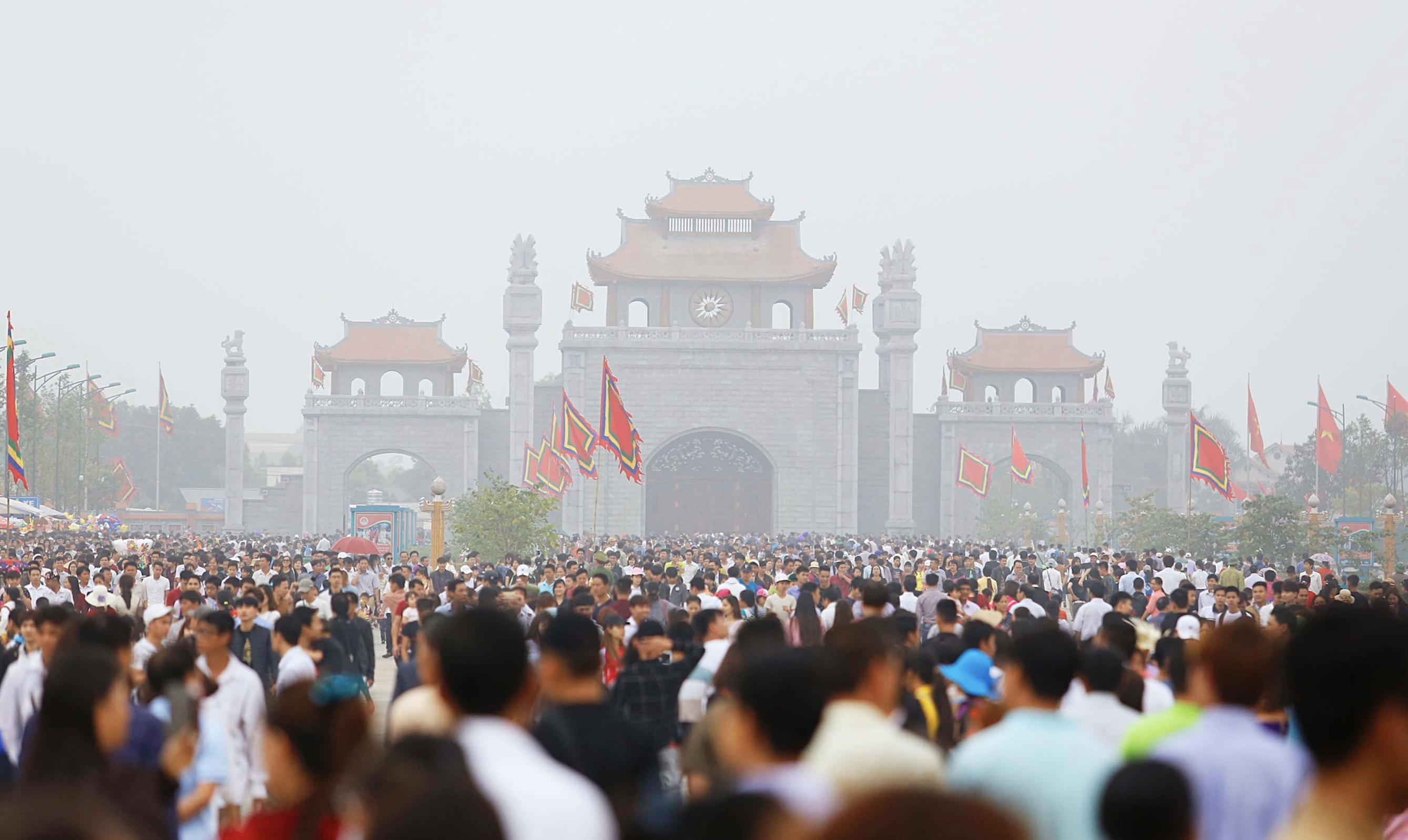








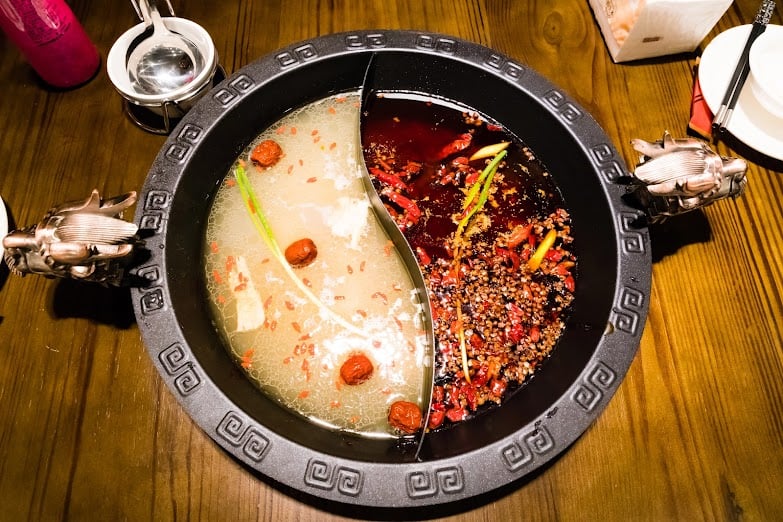
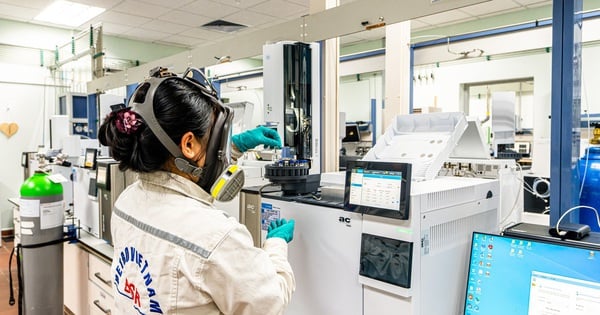
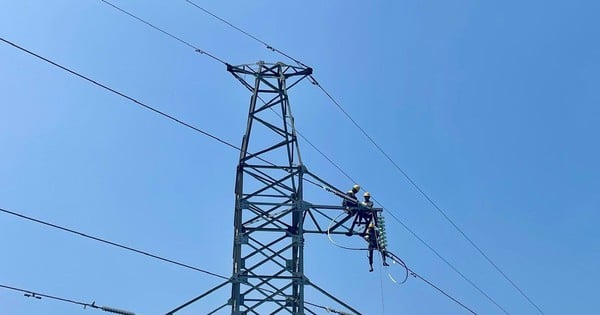
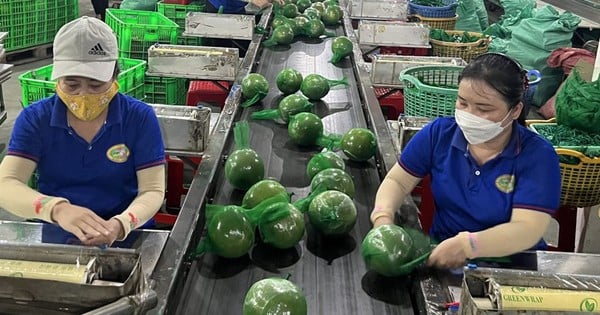


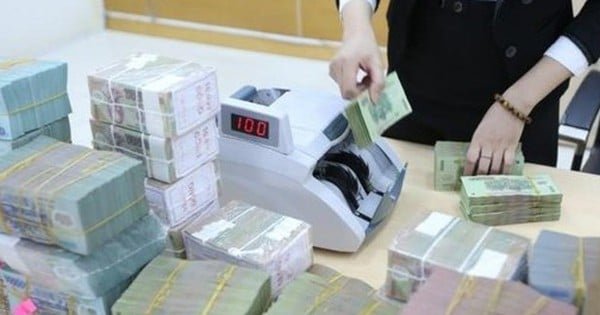





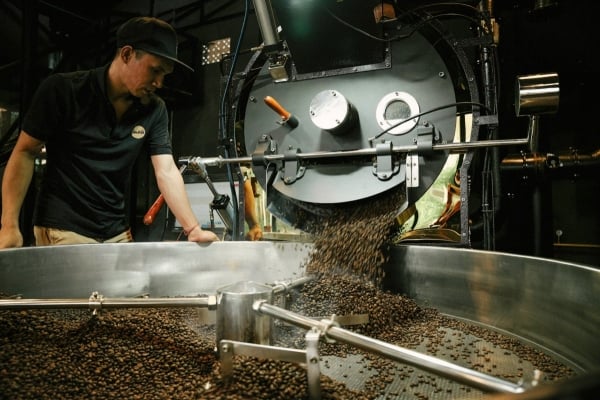
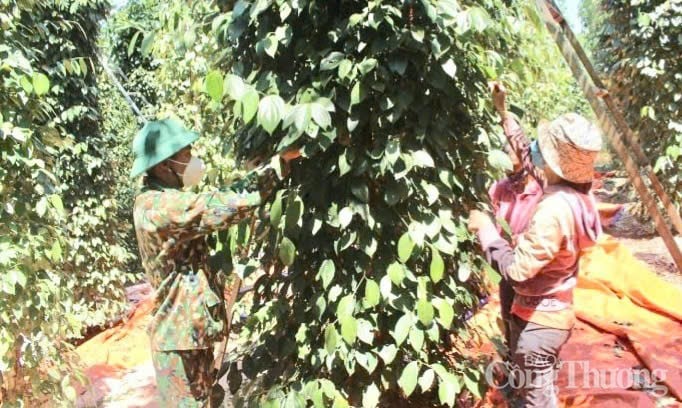

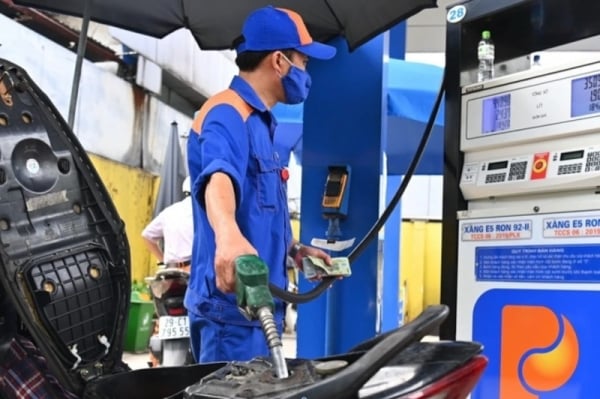




























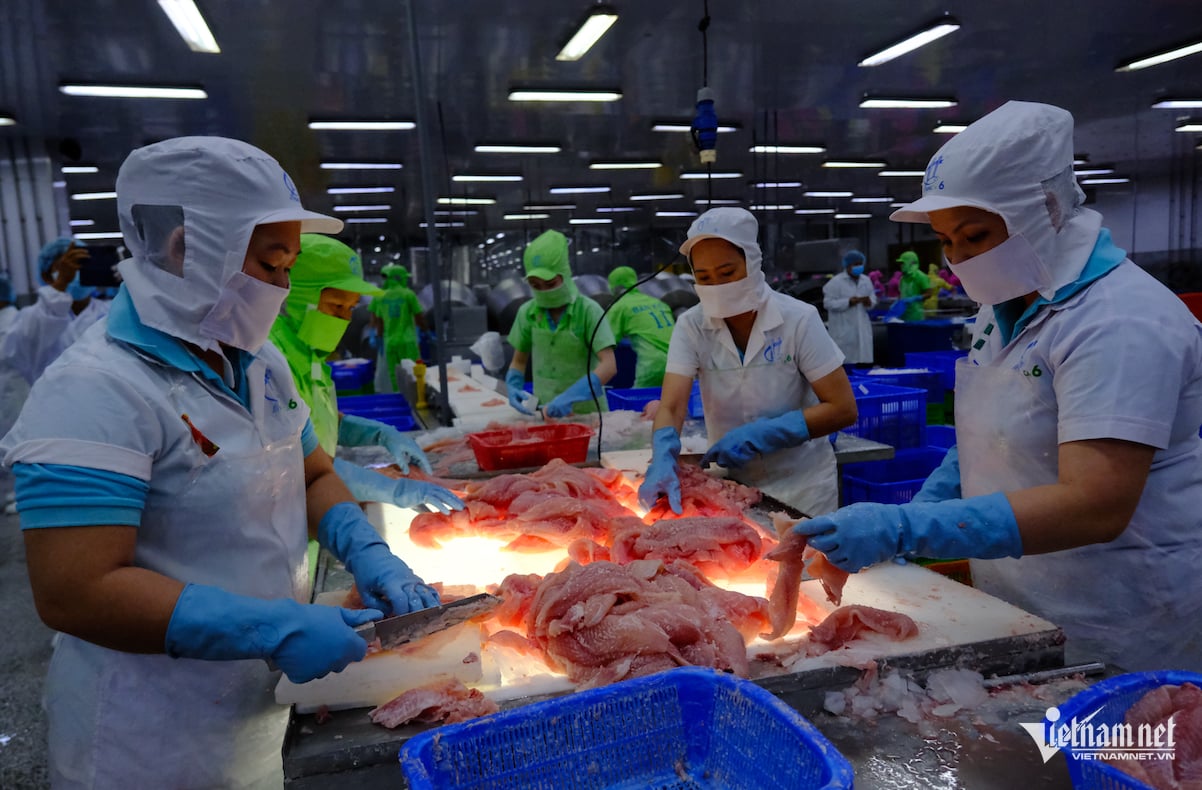


















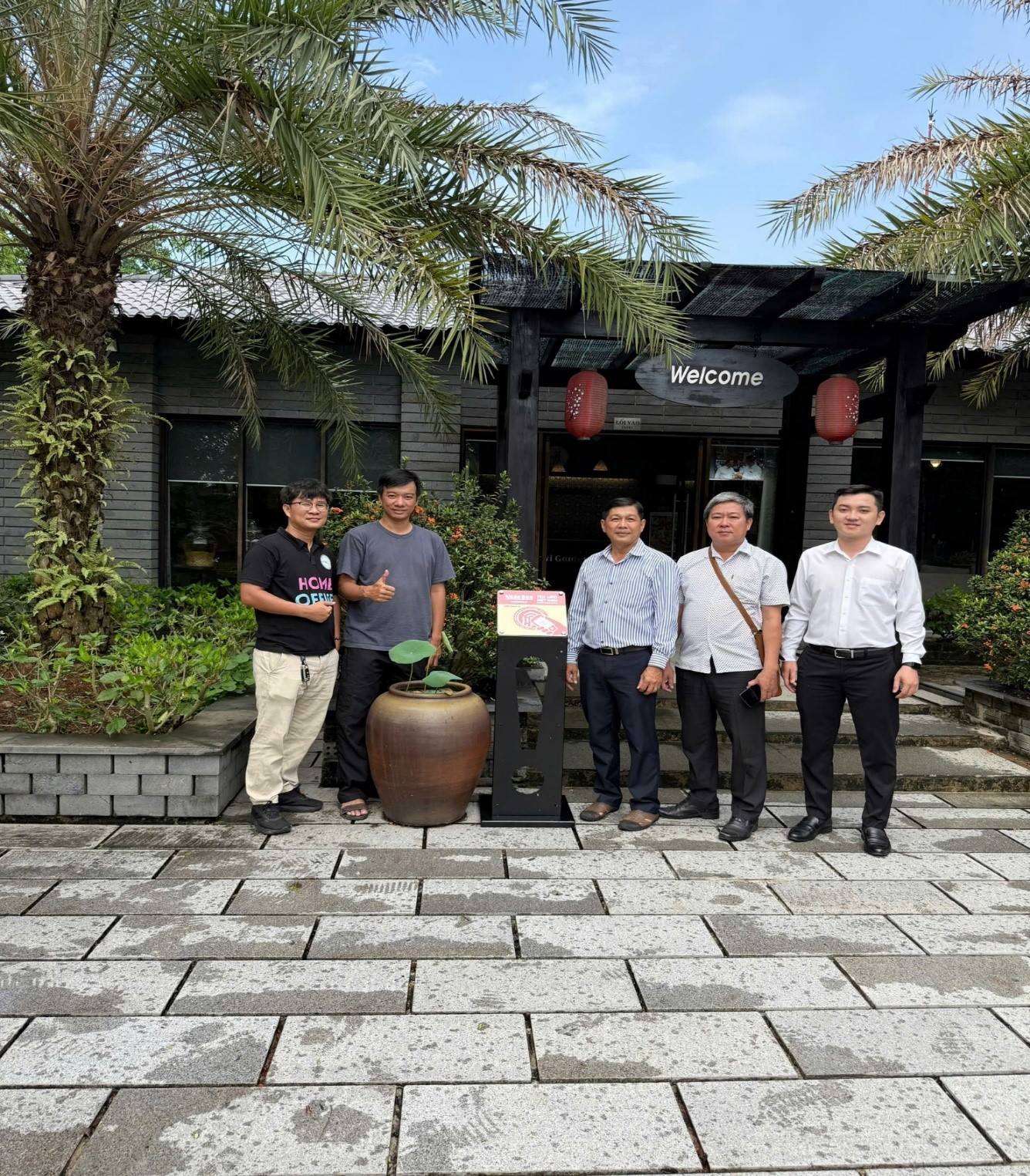
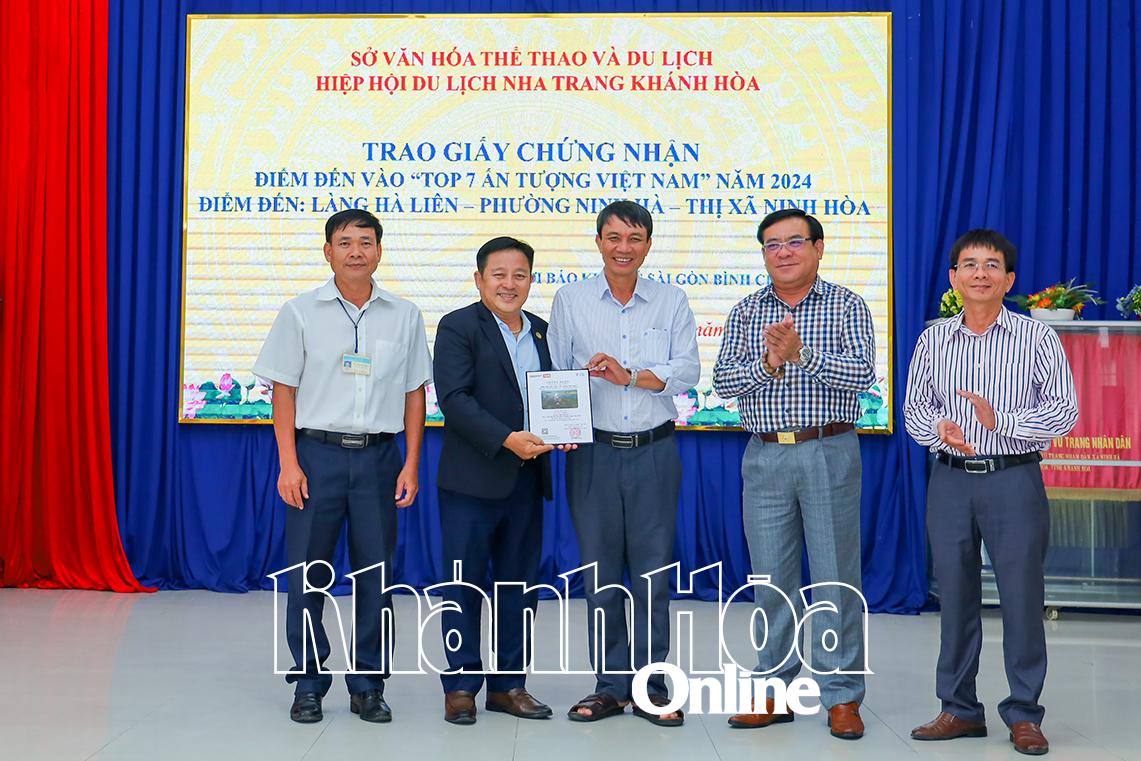













Comment (0)